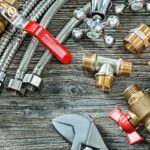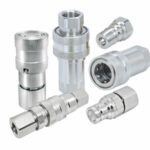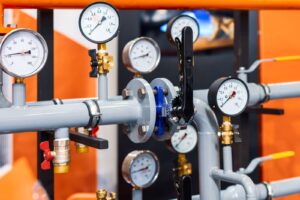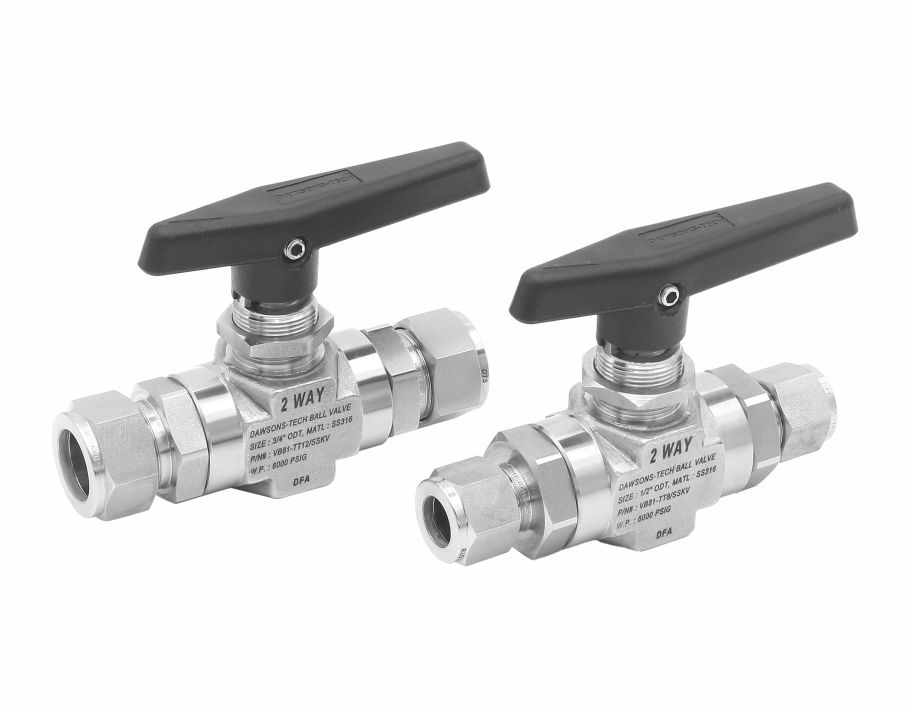
Quick Connect Fittings: Types, Benefits, and More
September 24, 2022
Quick Connect Fittings: Types, Benefits, and More
February 19, 2025Whether you are building a simple piping system to help move materials through your processes or a complex multi-step system with automated controls, monitoring, and other features, flow control is probably an essential part of your project. Flow control is often done with valves made of stainless steel. However, since there are many different designs and types, choosing the correct valve configuration is essential to ensure safe, long-lasting performance and avoid common problems.
This guide will look at two standard valves used to control flow: Needle and Ball. For each, we will talk about what makes it a good choice for your process.
Ball Valves
The shape of a ball valve gives it its name—a ball with a hole in the middle of the valve. Turning the ball 90 degrees allows you to expose this channel to the flow path, making it fully open or closed.
A ball valve’s short throw makes it a good choice for controlling flow where full open, closed states are common, or when fast switching between states is needed. The design also makes for a perfect seal that keeps air out. Since the valve seat cleans itself every time the valve is moved, and there are not many moving parts inside the valve, it does not need much cleaning or maintenance.
Choose a Ball Valve
Ball valves are usually the best when a sound sealing system is needed because they are usually less expensive and last longer. They are a popular choice in the industry because they seal well and keep air out when they are closed.
They are often used in the oil and gas, manufacturing, mining, heating and cooling, and construction industries. Stainless steel ball valves are often used in petroleum refining, seawater environments, and brewing systems because they resist corrosion.
Needle Valves Explored

Needle valves have a plunger in the shape of a needle that stops the flow through the valve. The position of the plunger can be fine-tuned with the help of a threaded, rotating stem adjustment mechanism.
One clear benefit of this level of accuracy is that flow rates can be changed in small ways. Because of this, instrumentation needles are often used in valve manifolds, making mixing different processing lines easy.
Choose a Needle Valve
As we have discussed, the main difference between the two valves is that a needle valve gives you more ways to control the flow. Because needle valves can be fine-tuned and easily controlled, they are an ideal choice for calibration applications.
Flow control limits or regulates the flow of liquids, gases, or any other substance through your piping system. Gauge valves are great for situations where the flow rate can’t change much, or the valve needs to be turned quickly. Ball valves are made to be turned on and off. Avoid using the throttle for long periods.
Needle valves let you control the flow in a variety of ways. Depending on your needs, you can turn them on and off, slow them down, or control the flow very precisely. The needle-shaped plunger can be controlled very precisely because the shaft has threads. But this slows down the action of the valve and makes it hard to tell if it is open or closed just by looking. If you match the flow control features of the valve to how you plan to use it, the valve will work well and last a long time.




